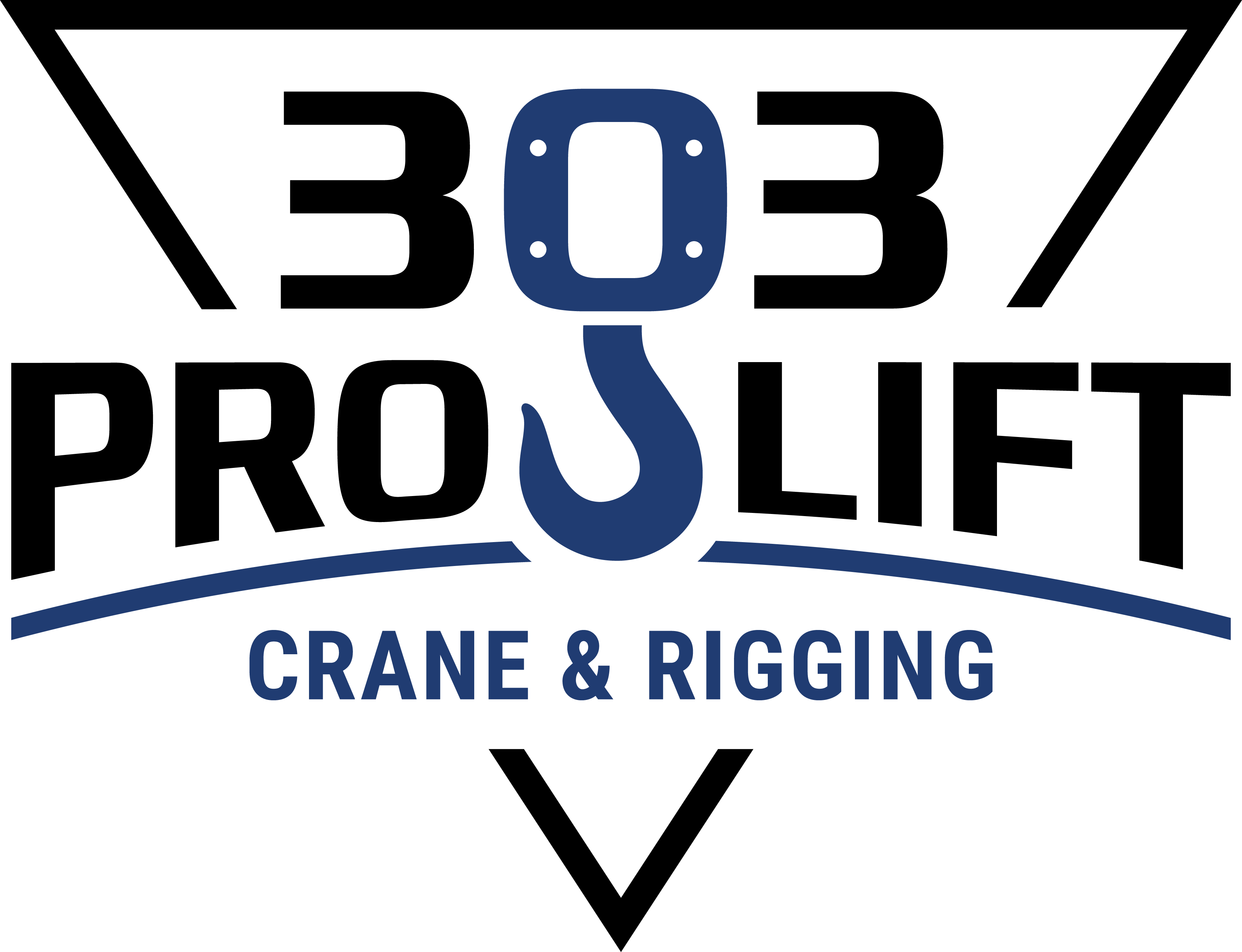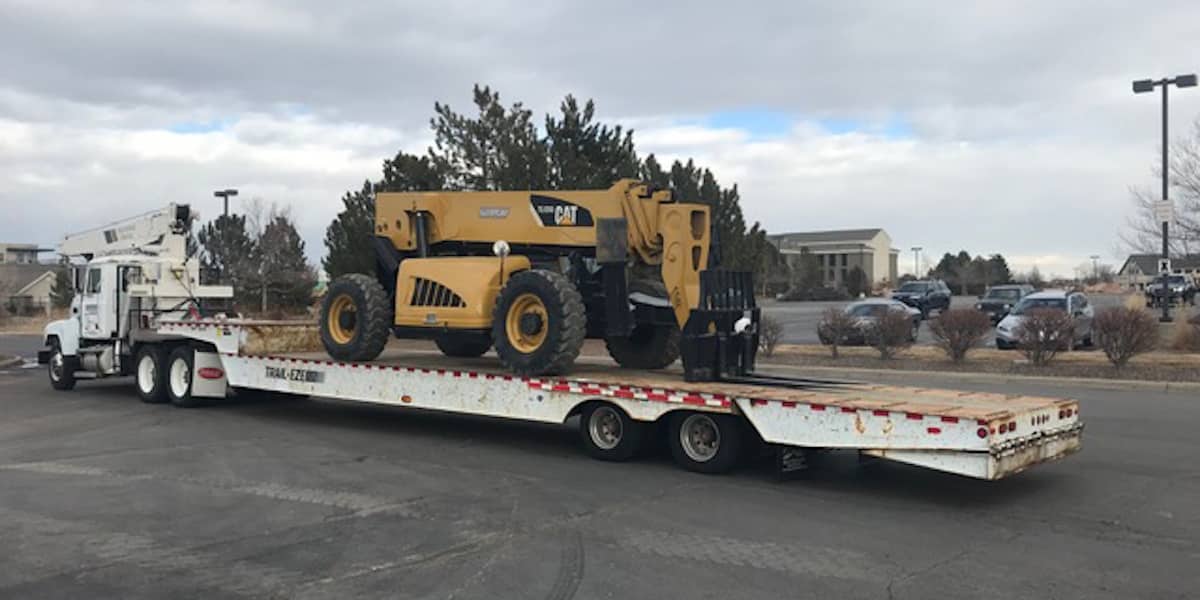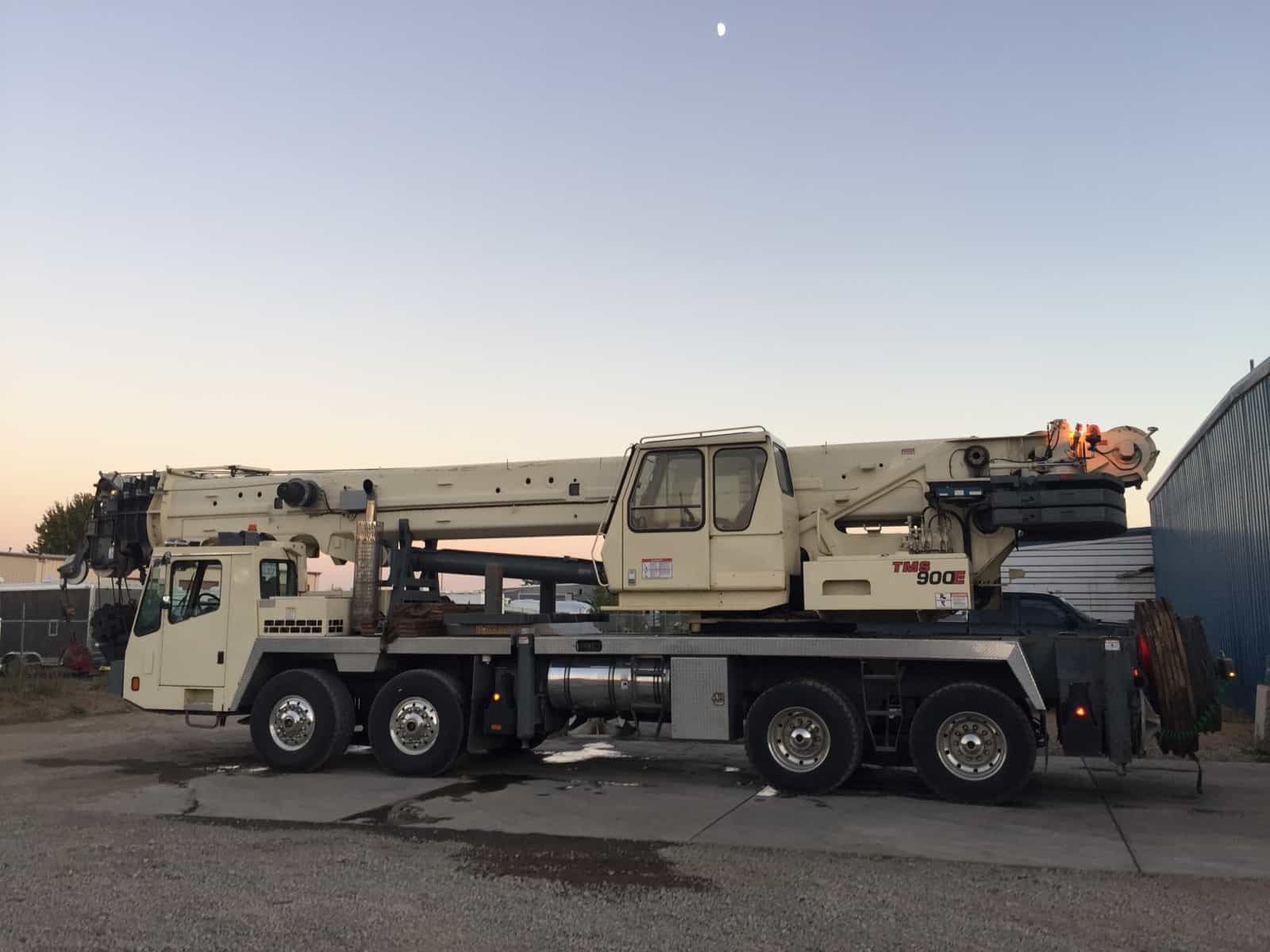When working on a job site, safety of yourself, others, and property should be your top priority. While safety equipment is essential, it will not prevent severe injury or death if a load drops. Review OSHA regulations that outline suspended load safety requirements and learn how to keep everyone safe when working around the hook.
U.S. Safety Regulations
OSHA regulations found in standard number 1926.1425 clearly outline requirements for working with suspended loads, which include:
- Employees must not be within the fall zone unless they are crucial to hooking, unhooking, or guiding a load
- Only employees operating a concrete hopper or bucket, or those responsible for the initial attachment of the load can be within the fall zone
- To prevent displacement, materials must be rigged by a qualified rigger
OSHA provides specific requirements for any employee whose work duties require operation within the fall zone.
Safety Tips for Loads
Keep your staff and visitors safe on the job site when following simple tips for working around the hook.
- Inspect all components of a load and crane both before and after use
- Use caution when maneuvering the load to ensure minimum height. That is, never raise a load more than needed or keep a load suspended
- Only guide loads using appropriate equipment
- Inform everyone on the site when a crane is in operation using an alarm or intercom system
- Consider using a camera system or drones to gain a bird’s eye view of the rigging and staff, which may help identify hazards as they arise
Ultimately, maintain an open mind. If there is a better, safer way to work around the hook, don’t be afraid to implement new solutions, such as support stands or cribbing.
Safety Tips for Project Managers and Workers
To comply with OSHA regulations and, most importantly, keep everyone safe, it’s important to follow a few general safety practices for each job.
Review Safety Guidelines with All Staff
Prior to starting a project, gather all staff who may visit or conduct work on the site. This may include administrative or supervisory staff that may only be on a job site for a short period of time. Review safety guidelines, project timelines, and provide key points of contact for the project. Encourage questions and offer detailed answers or guaranteed verbal and written follow through if further research is needed.
Establish Seamless Communication
Onsite communication is essential to making any project safe and productive. When working on a site, there needs to be established procedures for verbal and nonverbal communication among staff members to prevent confusion and minimize the need to maneuver within the fall zone. Additionally, choose a single line of communication for site visitors, including members of the public, to minimize the potential for bystanders in or near the fall zone.
Delegate Responsibility to Skilled Staff
There should always be one person who is responsible for signaling the operator and site operational guidelines should eliminate unnecessary distractions. When there are designated staff who understand the important of focused communication, whether verbal or nonverbal, regarding a load, the potential for injury is greatly reduced.
Ensure Staff Have Proper Rigging Equipment
Per OSHA, choose hooks with self-closing latches unless a J hook is needed for setting wooden trusses. Project managers are responsible for ensuring the correct rigging is used to maneuver loads, which may include the rigging hardware, slings, and potentially below-the-hook lifting devices.
Use Markings to Guide Traffic
Clearly mark both safe and unsafe areas to direct employees and visitors accordingly. Create safe walkways that are clear of the fall zone and use markings to identify potentially hazardous areas. Restricted areas within the fall zone or under the load should be conspicuously marked and only accessible to essential skilled staff.
Stay Safe Out There
Whether you’re a project manager, supervisor, or employee, you can take preventive steps to minimize risk of injury when working with suspended loads. Use the tips included above to keep everyone on the same page and focused on safety.





